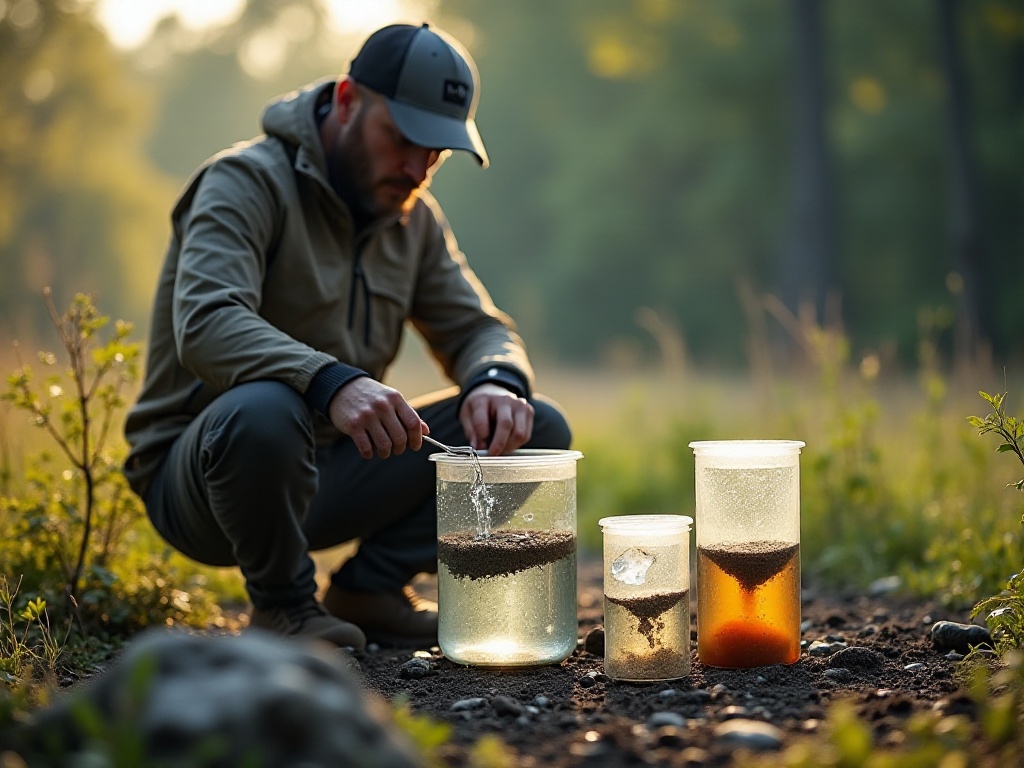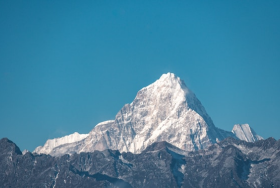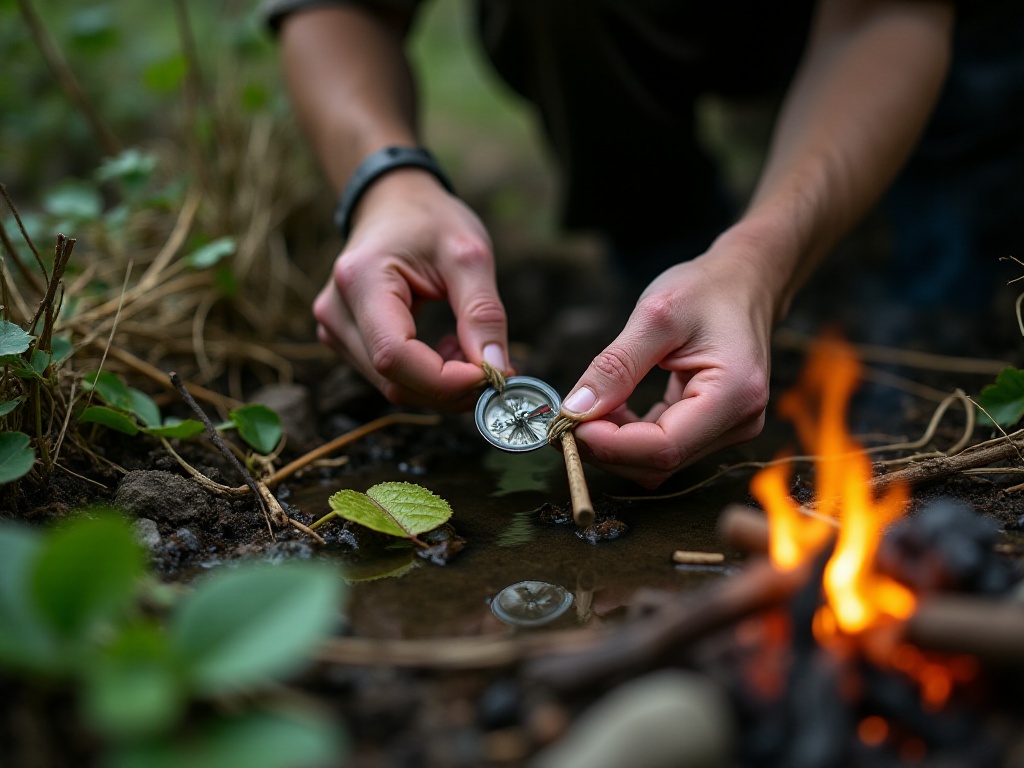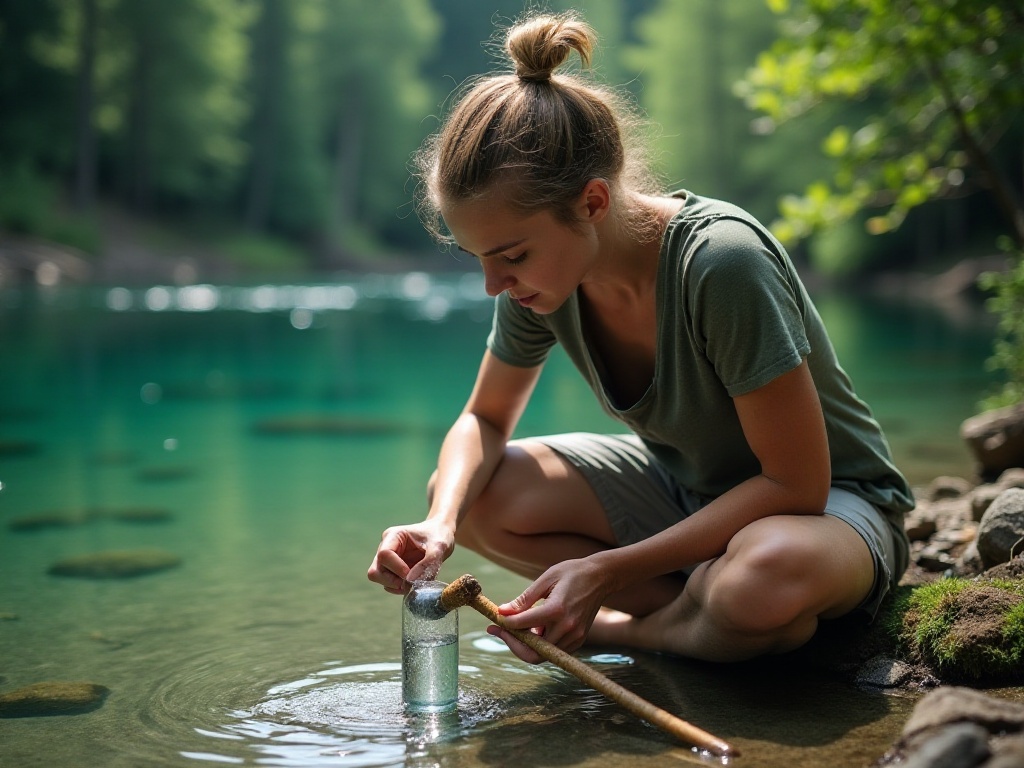
Introduction
As a seasoned outdoor survival enthusiast who has spent years in the wilderness, I deeply understand how crucial survival skills are for nature lovers. Each year, tens of thousands of people encounter dangerous situations due to lack of wilderness survival knowledge, and many of these incidents could have been completely avoided. Through years of practice and learning from professionals, I've come to realize that wilderness survival isn't as difficult as many people imagine - the key is mastering the right methods and techniques.
I remember when I first got into outdoor activities, I was a complete novice. During my first solo camping trip, I almost got lost in the wilderness due to insufficient preparation. That experience taught me that wilderness survival requires not only courage and passion but also professional knowledge and systematic training.
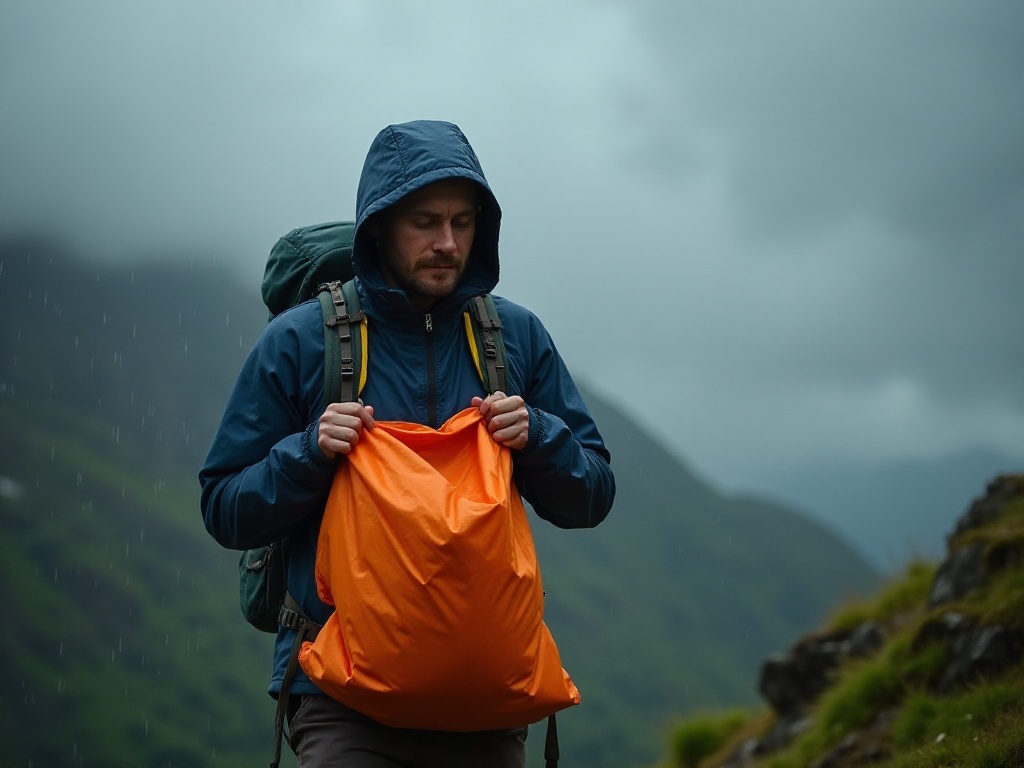
Preparation
Preparation for outdoor activities cannot be taken lightly, as it directly determines 80% of safety factors. According to the latest statistics from the National Outdoor Sports Association, up to 90% of outdoor accidents are related to insufficient preparation. This number is shocking but also demonstrates the importance of thorough preparation.
Let's first talk about destination research. This is one of the most easily overlooked aspects of outdoor activities. I'll never forget my first hiking experience at Mount Gongga - due to not researching local plant life beforehand, I accidentally touched a Toxicodendron tree, which caused a severe allergic reaction on my entire arm and nearly ruined the whole trip. Since then, I've developed the habit of thoroughly researching my destination before each trip.
For example, if you're planning to hike in North America, you must learn about common plants like poison ivy, poison oak, and poison sumac. These plants might look ordinary but can cause severe skin allergic reactions upon contact. In China, besides Toxicodendron trees, you need to watch out for aconite and other poisonous plants. I now always download guides of local dangerous plants and keep them on my phone for reference.
Route planning is equally important. Professional outdoor expedition teams spend considerable time developing detailed route maps, including both main and alternate routes. With today's advanced technology, we can use professional outdoor apps for route planning. These apps show supply points, shelters, and even signal coverage along the way. I personally recommend apps like "Outdoor Assistant" and "Hiking Guidebook," which both feature offline map functionality for use without signal.
Regarding equipment, after years of experience, I've compiled a "golden checklist." Every item on this list is battle-tested and essential.
First is navigation equipment - you must have both a compass and map as backups for each other. I recommend a professional mountaineering compass with night-light functionality, and for maps, carry both electronic and waterproof paper versions. Next are emergency foods - choose lightweight, high-calorie options like chocolate, nuts, and compressed biscuits. Water purifiers are also essential - there are many portable options available, ranging from dozens to hundreds of dollars. Choose products from reputable brands as they concern drinking water safety.
A first aid kit is indispensable and should include band-aids, bandages, disinfectant, and pain relievers. Multi-tools should preferably include saw teeth for cutting wood. Emergency blankets may look thin but provide excellent insulation and can be life-saving. Choose professional survival whistles with loud, sharp sounds.
Special mention goes to duct tape - a wilderness survival wonder tool. It can repair equipment, secure items, dress wounds, and create temporary tools. My tip is to wrap tape around water bottles for space-saving and accessibility. Once when my shoe sole came loose, duct tape temporarily fixed it, allowing me to continue the journey.
Beyond basic equipment, prepare special gear based on environment and season. For high-altitude areas, bring altitude sickness medication and oximeters; for cold regions, thermal underwear and winter clothing; for tropical areas, insect repellent and sun protection.
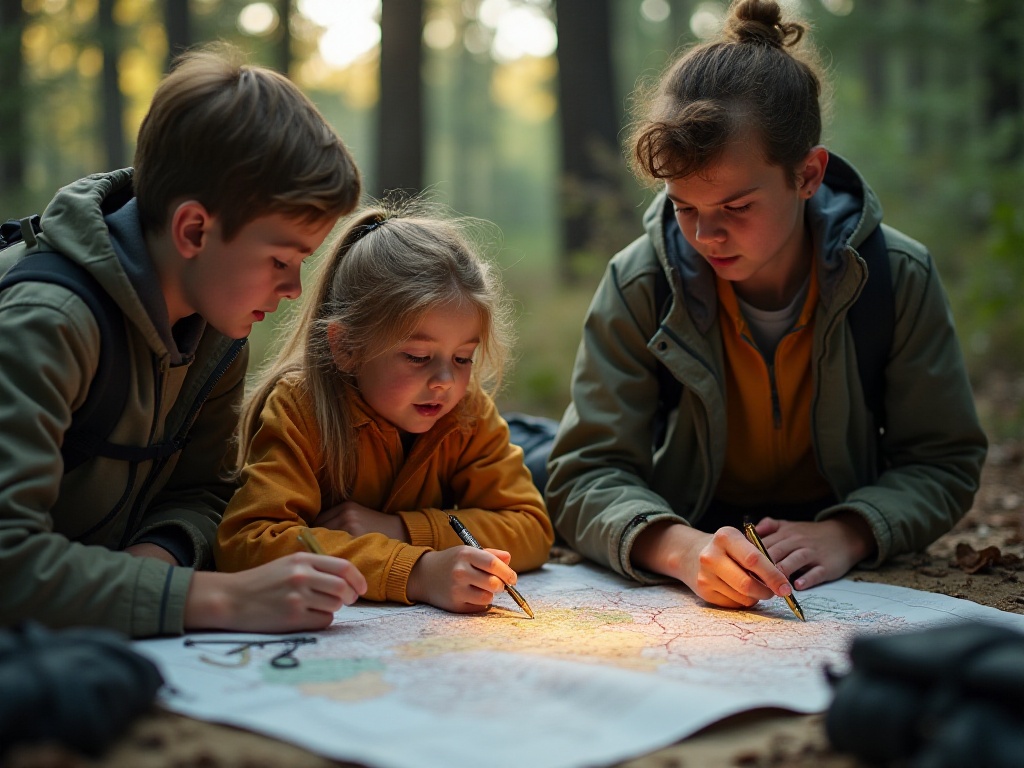
Core Skills
Among wilderness survival skills, the most fundamental and important are navigation, shelter building, and fire making. While these skills may seem simple, mastering them and applying them effectively in crucial moments requires extensive practice and real-world experience.
Let's start with navigation skills. While modern technology provides many conveniences like GPS navigation, these electronic devices can fail in the wilderness for various reasons. Therefore, traditional navigation methods must be mastered. Besides using maps and compasses, navigating by observing natural environments is also an important skill.
For instance, in the Northern Hemisphere, moss typically grows on the north side of trees due to the cooler, damper conditions there. The sun always rises in the east and sets in the west, so on clear days, we can determine direction by the sun's position. Additionally, ant nest entrances usually face south for warmth and sunlight. At night, the North Star always points true north - once you find the Big Dipper, you can locate the North Star.
I recall once in the mountains when my GPS died, I successfully found the campsite using these natural navigation methods. Though I took a slightly longer route, I ultimately reached my destination safely. This experience deeply impressed upon me the importance of mastering multiple navigation methods.
Shelter building is another crucial skill. In the wilderness, a suitable shelter can provide basic protection from harsh weather and wild animals. Site selection is the first and most important step in shelter building.
First, stay away from dead trees as they might fall during strong winds or heavy rain. Also avoid riverbeds - even if they're dry now, they could suddenly flood during rain. Choose locations sheltered from wind to avoid cold drafts, and select slightly elevated ground to prevent water accumulation.
I have a particularly useful tip: using empty beverage bottles as branch connectors. Cut off the top and bottom of the bottle and use the middle cylinder to connect two branches. This method is both environmentally friendly and very sturdy. I once built a shelter using this method that withstood an entire night of severe storm.
Fire-making skills are absolutely crucial for wilderness survival. A fire provides warmth and can be used to boil water for disinfection, cook food, ward off wild animals, and even signal for help. Many people don't know that ordinary pencil graphite combined with car jumper cables can start a fire. The principle is using the high temperature generated when electric current passes through graphite to ignite flammable materials.
However, this method requires skill and carries some risk. For beginners, I recommend using a fire starter rod. Fire starters are simple to use, aren't affected by moisture, and are the most reliable fire-starting tools. When using a fire starter, prepare tinder like dry grass, tree bark fibers, or cotton cloth. Strike sparks toward the tinder and pay attention to wind direction - striking with the wind is more effective.
Another key to fire-making is choosing suitable fuel. Select dry wood, preferably dead branches, as they have low moisture content and burn easily. Add wood gradually from thin to thick pieces to maintain the fire. Starting fires in wet weather is particularly challenging - in such cases, tree resins like pine resin can help as they burn even in damp conditions.
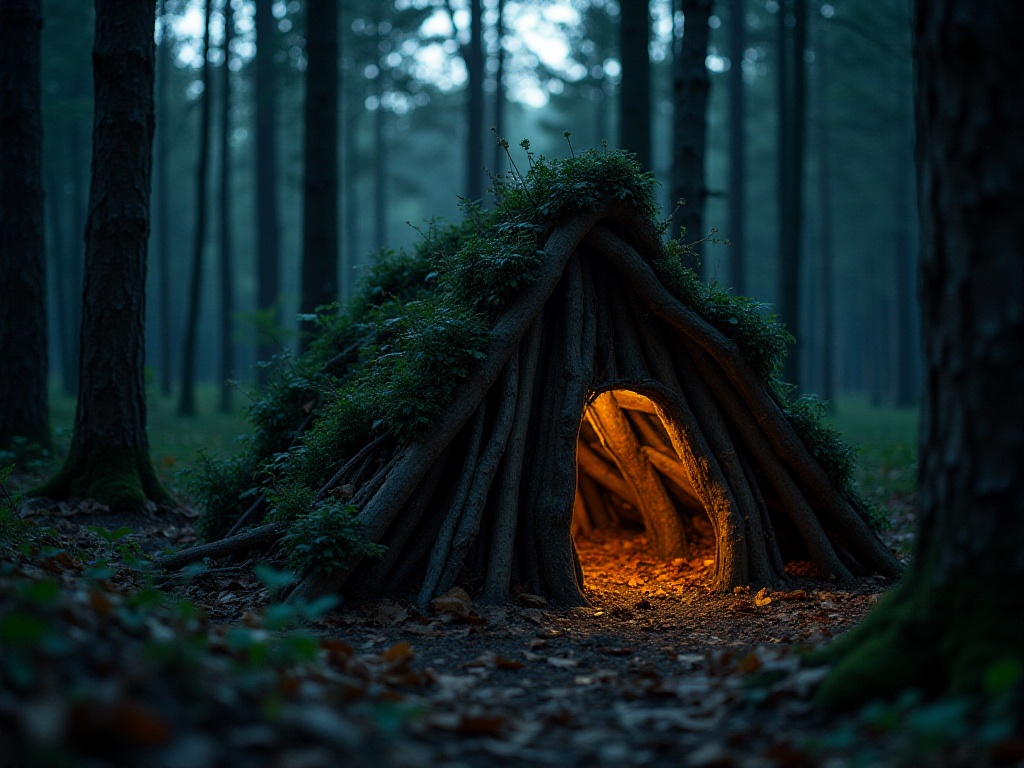
Key Principles
Staying calm is absolutely crucial when encountering dangerous situations in the wilderness. According to U.S. Search and Rescue Department statistics, 80% of successful rescue cases involve victims waiting for rescue at their location. This statistic is particularly telling. Many people's first reaction to danger is to run around trying to find a way out, but this often backfires, not only consuming energy but potentially leading them further astray and making rescue more difficult.
I remember once while hiking at Four Sisters Mountain, sudden fog drastically reduced visibility, making the path completely unclear. Remembering the "don't run around" principle, I found a relatively safe spot to stop and used my whistle to signal for help. I was successfully rescued, and the rescue team told me that if I had continued walking, I might have reached a cliff edge.
Speaking of distress signals, the international standard is the "rule of three": three whistle blasts or three flashlight flashes. This signal should be repeated every minute. Why three? Because this frequency won't be confused with natural sounds and is easily recognizable by humans. Besides sound and light signals, you can also arrange branches to spell "SOS" in open areas - another internationally recognized distress signal.
Finding and purifying water is another crucial skill. Without water, a person can face life-threatening situations within three days. Follow the principle of "water flows from high to low, vegetation gathers in valleys" when searching for water sources. Water always flows downward, and areas with dense vegetation often have water sources. However, any water found must be purified before drinking.
The simplest purification method is boiling, but this requires the ability to make fire. If fire-making isn't possible, water purification tablets containing chlorine or iodine can kill harmful bacteria. Activated charcoal commonly found in the wild is also a good choice as it can absorb impurities and some harmful substances. I usually combine these methods, first filtering with activated charcoal then adding purification tablets to ensure water safety.
When searching for water sources, be particularly careful to avoid dangerous sources like stagnant water, water with unusual odors, or water near animal carcasses. If no water source can be found, collecting dew is an option. Morning dew on plant leaves is a good water source and can be collected using cloth or plastic bags.
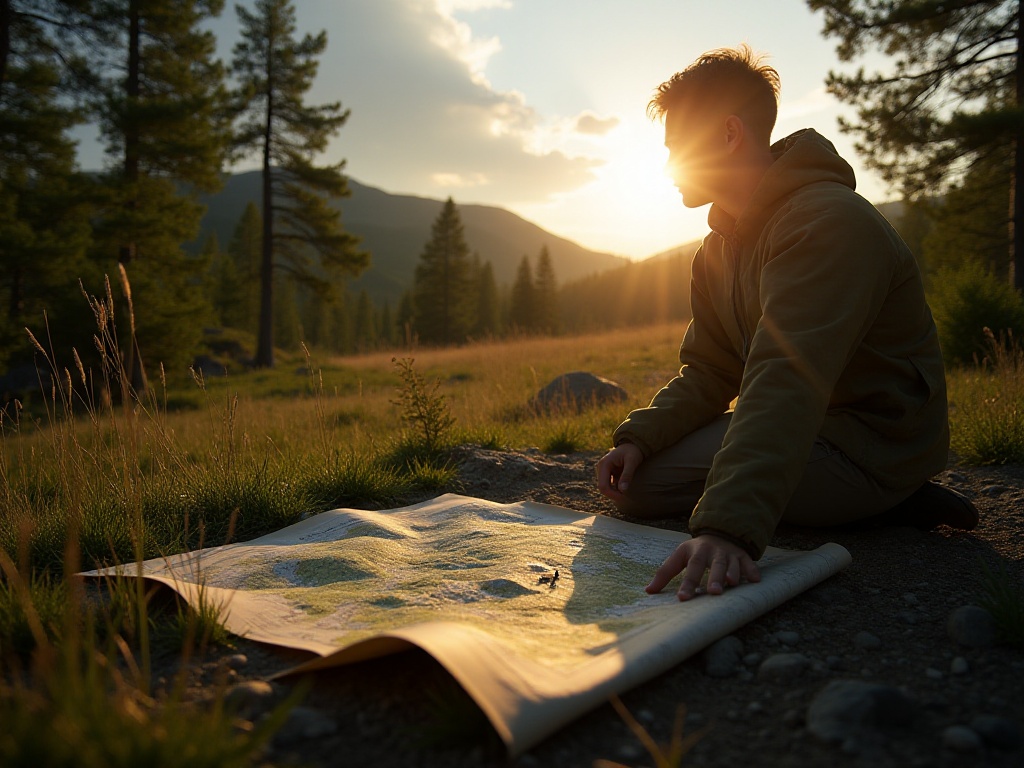
Practical Tips
Through years of wilderness survival experience, I've accumulated many practical tips that, while simple, often prove invaluable in real situations.
For example, how to build a simple chair in the wilderness. During extended outdoor activities, you sometimes need a relatively comfortable resting place. A simple chair can be made using blankets and branches, avoiding sitting directly on damp ground. The specific method is to find two sturdy branches as supports and tie a blanket between them to form a seat, creating a simple hammock chair.
Zip-lock bags are another very useful tool. They can be used not only for carrying water but also for collecting dew. In the wilderness, if water is scarce, you can place a zip-lock bag over leafy branches at night and collect dew the next morning. Additionally, zip-lock bags can protect important items like phones and matches from rain.
Keeping clothes dry in the wilderness is also very important. Wet clothing not only causes discomfort but can lead to heat loss. If clothes get wet, use sunlight and wind to dry them quickly. My method is to wring out wet clothes, then string a line between two trees and hang the clothes to maximize exposure to sunlight and air.
There are also special techniques for making fire in the wilderness. Besides conventional lighters and matches, magnifying glasses are a good option. On sunny days, focusing sunlight on tinder using a magnifying glass can easily start a fire. Even watch faces, if convex, can be used to focus sunlight for fire-starting.
When determining direction in the wilderness, besides the previously mentioned natural observation methods, watches can be used. The specific method in the Northern Hemisphere is: lay the watch face flat, point the hour hand at the sun, and the bisector of the angle between the hour hand and 12 o'clock points south. While not very precise, this method can be useful in emergencies.
Another important principle of wilderness survival is making good use of available resources. Pine bark, for example, can be used not only for fire-starting but also for making temporary rope. Leaves can be used for bedding and collecting rainwater. Common dandelions are not only edible but have medicinal properties. This knowledge needs to be accumulated over time to be useful in critical moments.
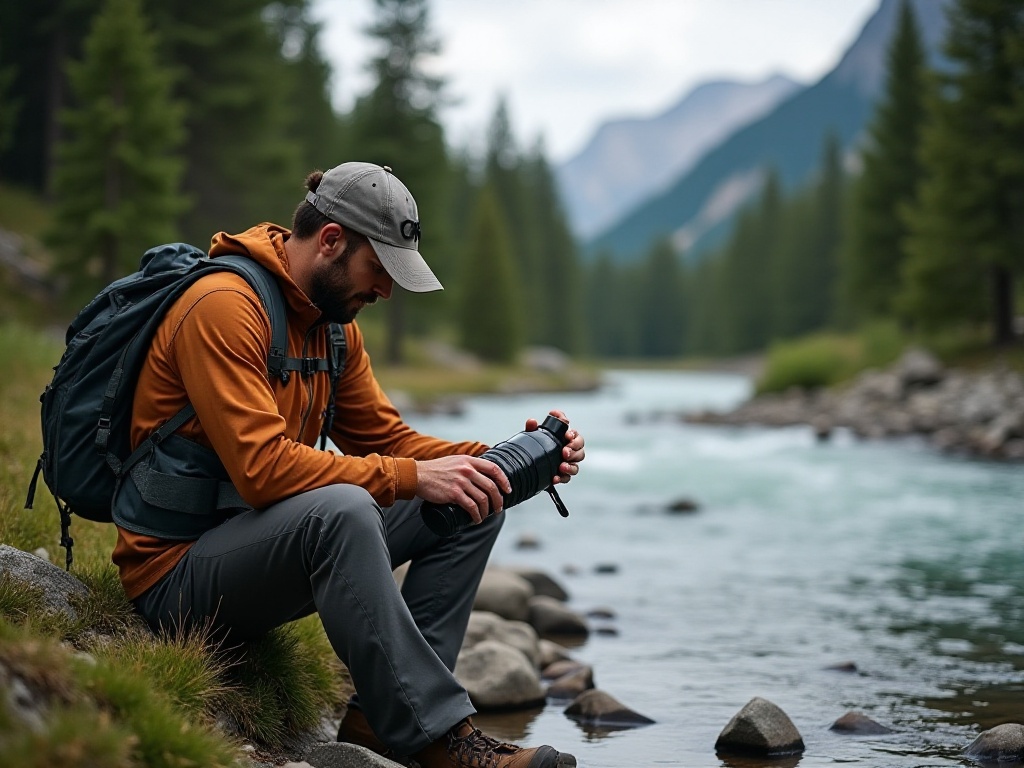
Conclusion
Mastering wilderness survival skills requires a gradual approach, starting with basic skills and improving through constant practice and experience. What's important is not how many skills you know, but using the right method at the right time. Each skill must be practiced repeatedly in a safe environment until proficiency is achieved.
Outdoor adventure is an activity that's both interesting and requires serious attention. It allows us to better understand nature and challenge ourselves while teaching us to respect nature. I hope every outdoor enthusiast can master these survival skills and fully enjoy the beauty of nature while ensuring safety.
Remember, safety should always be the top priority in outdoor activities. Even the most experienced outdoor enthusiasts must remain vigilant and never be careless. Through continuous learning and practice, everyone can become a qualified outdoor survival expert.
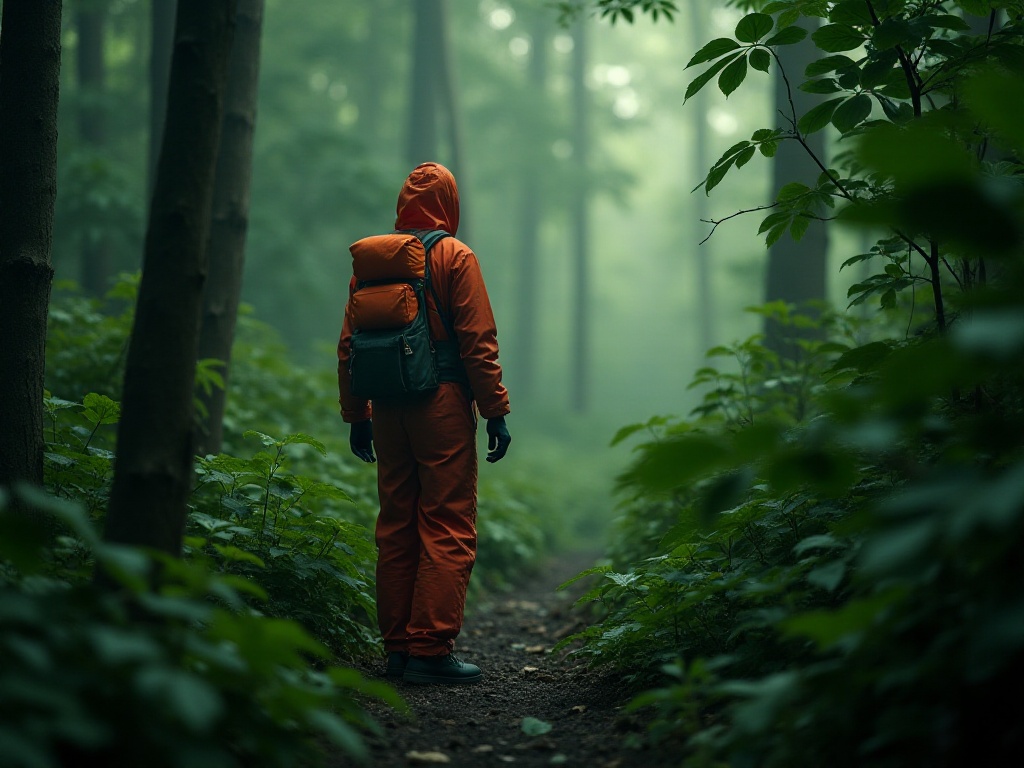
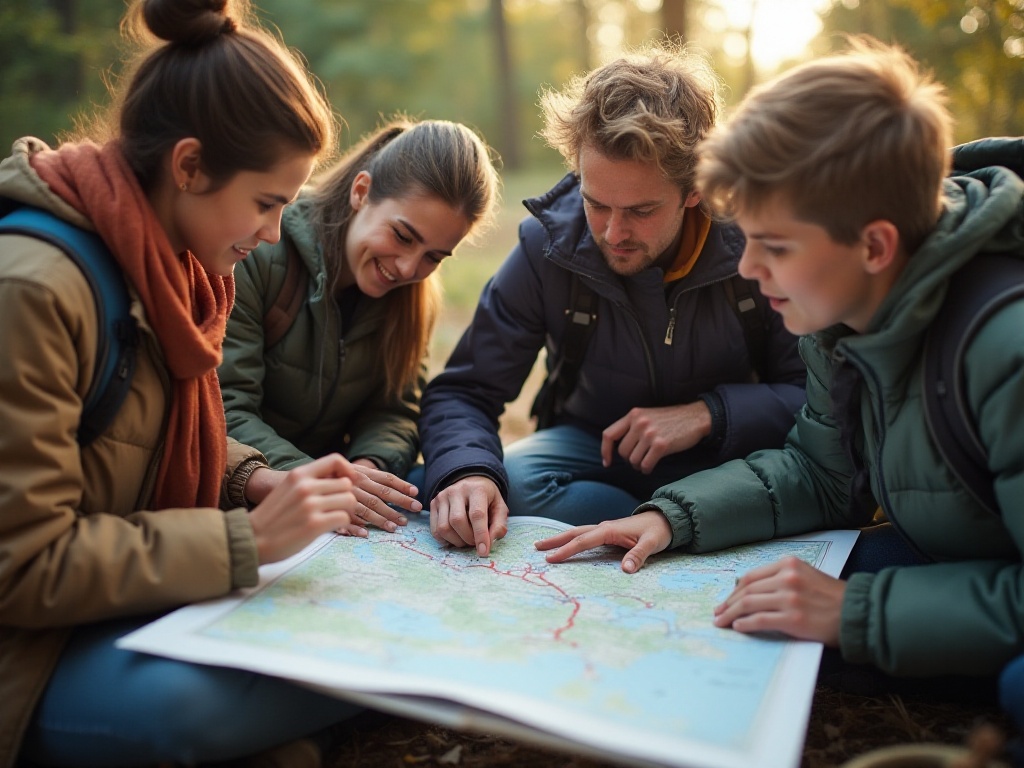
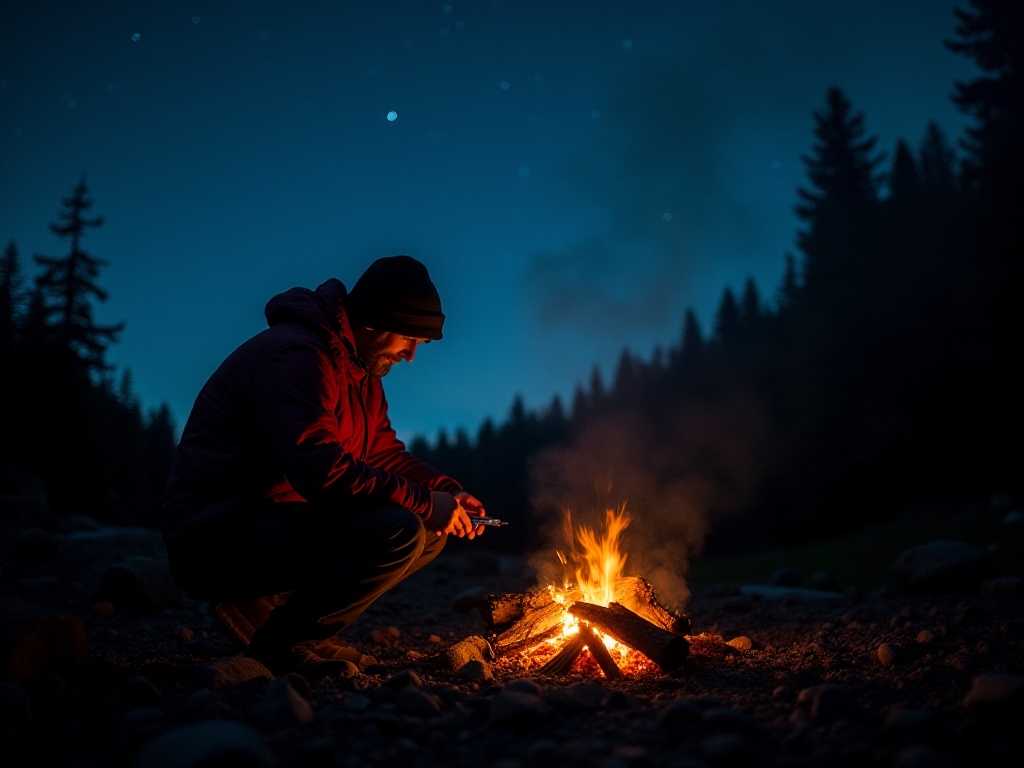

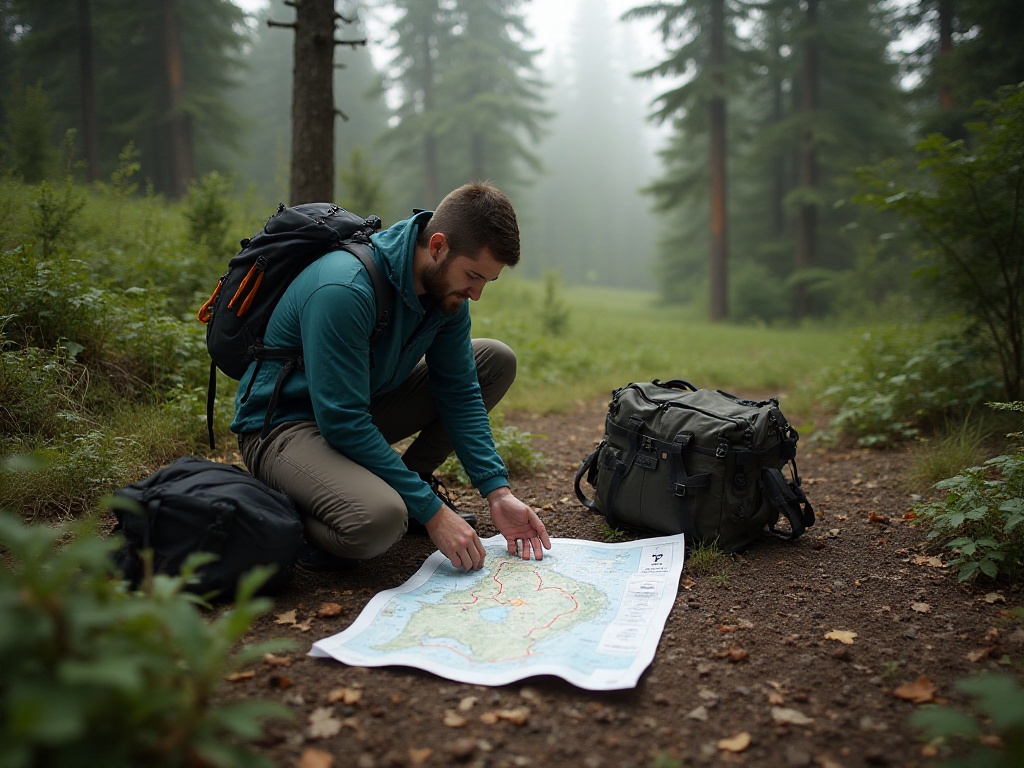

Related articles


